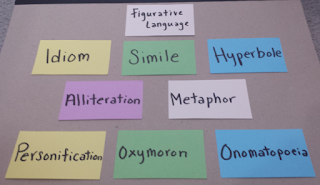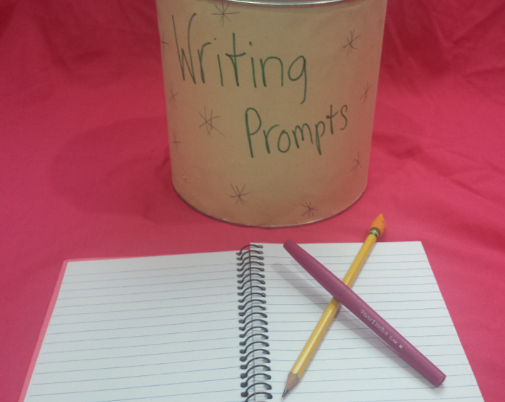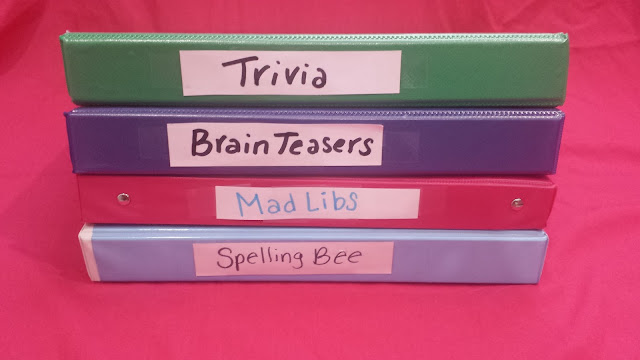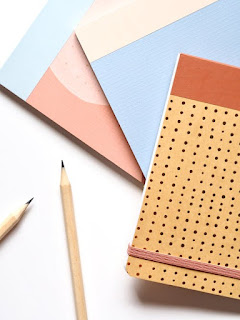Make Reading Fun! Check Out 4 Exciting Approaches To Reading

Reading can be a dreadful activity for some and an enjoyable activity for others. Whether the text is a novel, a poem, or an informative work, each student will fall into one of those two categories. Sometimes all it takes to turn a reluctant and/or struggling reader into an excited and/or fluent one is the right approach to reading for that student. Whole-class read-aloud with student readers When conducting a whole-class read-aloud, it is beneficial for you, the teacher, to be the first reader. You will model a variety of elements such as pronunciation, cadence, volume, and expression. After reading an appropriate length of the text, whether it be one paragraph or several pages, stop to engage the students by posing questions. The questions can be direct or indirect and can even be used for pair-and-share discussions. Once you are satisfied with this first round of reflections on the text, ask for student volunteers to r...



